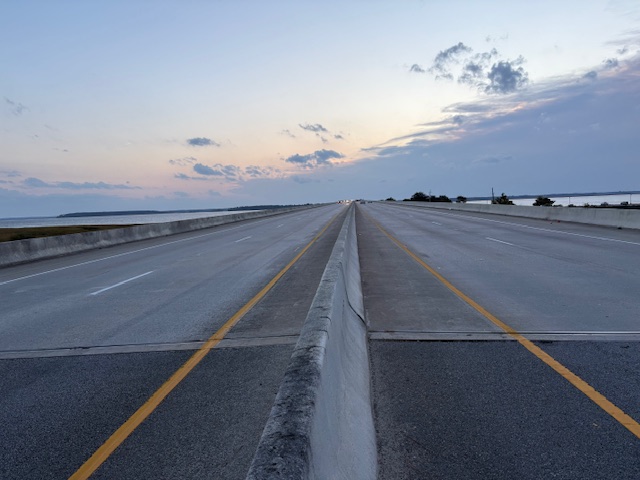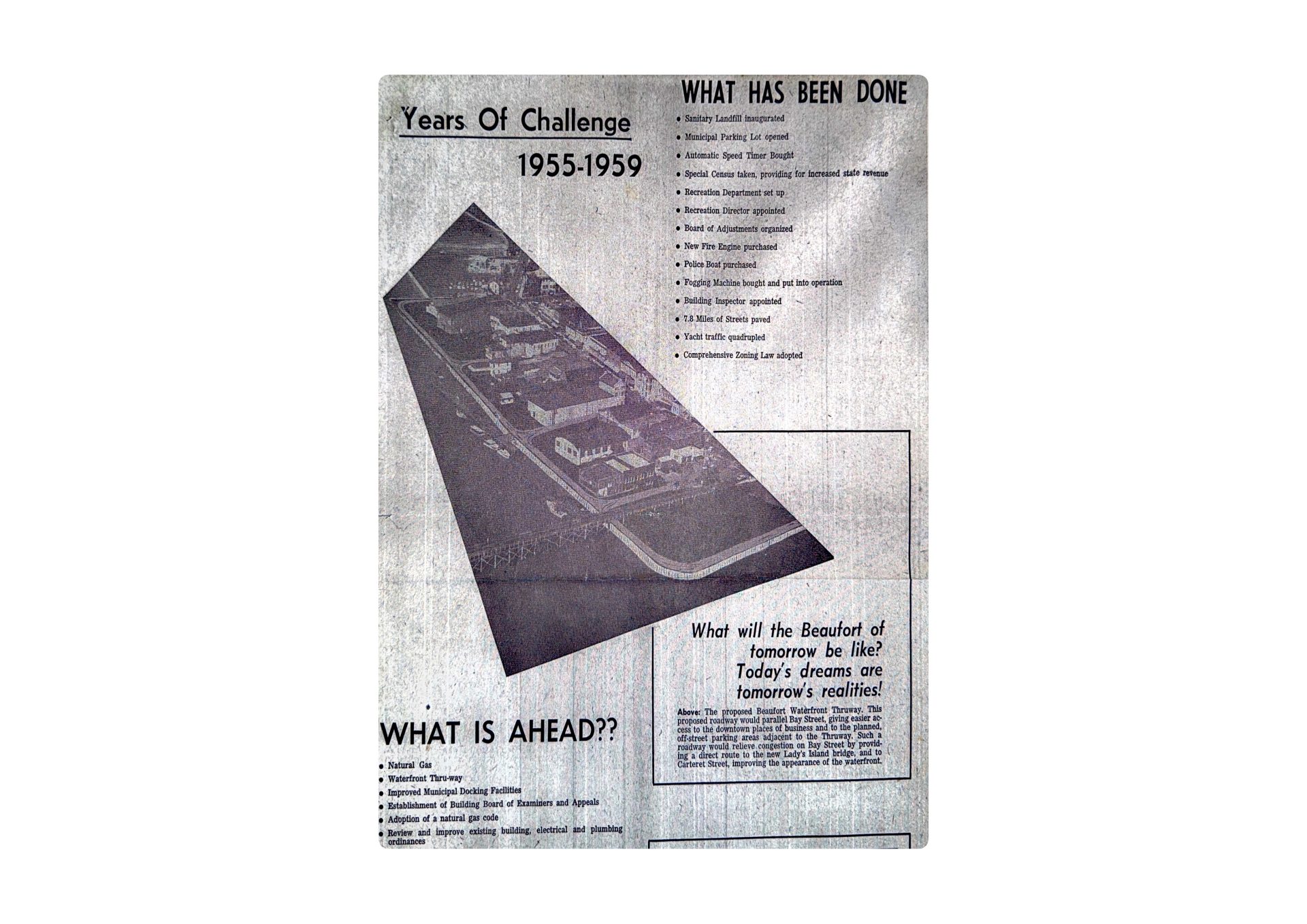By Bill Rauch
Last week — which slipped by largely unnoticed — was a pivotal week in one of the great dramas of our time.
To begin the story modestly, driving home I noticed that one of my neighbors is installing solar panels on his roof. The word has also circulated recently that a solar farm is going in where there is now farmland at the end of the road. Sailing in the northeast last summer, we saw what was described as a highly successful wind farm off Block Island in the Long Island Sound. Driving through the west we saw wind farms that went on for miles.
Even SCE&G is now on board. They’re building a 6,156-panel solar farm on land adjacent to their headquarters in Cayce, according to a news release the company issued last week. The facility will come online in November, the company said.
Energy generation from sustainable sources is working. And not just because of subsidies and tax breaks. The technologies, while continuing constantly to be improved, are now financially feasible.
But there’s still one big problem: when the wind dies, or the rains come, or night falls, the generators stop. And the technology that would permit the storing of sufficient energy — the batteries with the capacity to store and provide adequate power when the generators are off — power enough to energize our homes and businesses aren’t there yet. A Bloomberg New Energy Finance report published last week predicted $239 billion will be spent worldwide on lithium-ion batteries by 2040. This money will go largely to batteries we charge during peak times to power our homes and businesses and cars during the off-peak times, the report said.
Those technologies, when taken together — wind, solar, lithium-ion batteries — will begin to move us in a substantial way away from our current fossil fuel dependence.
But that is then and this is now.
The scientific community says in virtual unison that now is the time to get off the fossil fuels that provide inestimable comfort to our lives. Study after study finds there is a clear nexus between fossil fuel use and sea level rise. And the seas are demonstrably rising. Heeding the warnings, the Democrats in both the U.S. Senate and the California General Assembly are calling for a full transition to renewable energy sources.
The greenies are at the gates.
Marked sea level rise threatens chaos in ways unimaginable. What if not chaos would result from the federal government, for example, announcing that in the out years FEMA won’t continue to offer flood insurance for oceanfront lots? Who of sound mind thinks the private sector might then step in to save the day? How many trillions in real estate values would be lost that day? And that’s just in the USA.
Regrettably wind and solar — now each growing like gangbusters — aren’t ready yet to pick up the slack. Neither certainly is their infant clean energy cousin, biothermal.
That leaves clean coal and nuclear that might provide the clean bridge to the clean future, which is what prompted me to write about this subject today. Their respective prospects each took a beating last week.
South Carolina Electric and Gas (SCE&G) and its partner, Santee Cooper, are billions of dollars over budget and only about 38 percent complete at their jointly-owned state-of-the-art V.C.Sumner 1&2 nuclear plants near Jenkinsville in the Midlands. SCE&G has already raised their rates across the board by about 20 percent to pay for the beleaguered project. The company’s customers (us) now pay more for a kilowatt hour of electricity than any other public electrical utility customers this side of Las Vegas. To make things worse, now SCE&G and Santee Cooper’s contractor for the project, The Westinghouse Electric Company, recently sought bankruptcy protection. SCE&G and Santee Cooper told the Public Service Commission last week that they’ll take until Aug. 10 to decide whether to go it alone building the two new reactors, or scale the project back to one new reactor, or scuttle it altogether.
The company’s customers have already pitched in $1.4 billion of the $7.7 billion they (we) are now scheduled to pay under a recently-negotiated settlement agreement. If the utilities scrap the project, that money (our money) is gone. It was invested in a dinosaur farm.
Meanwhile, last week the largest “clean coal” facility in the U.S. announced it would no longer burn coal to generate electricity, and that it would instead power the plant with natural gas. The Southern Company and Mississippi Power, the plant’s owners, will not turn on the “coal gasification” portion of their long-heralded Kemper County Power Plant, the companies said in a joint statement. This was the technology that was supposed to make coal clean. Now gone like the dinosaurs.
So if nuclear and clean coal aren’t going to provide the needed cleaner bridge to the future, what might?
Last week it was also announced that dichloromethane levels have doubled in the stratosphere since 2004.
What are they and why do they matter?
Dichloromethanes are the little-regulated active ingredient in adhesives and industrial strength solvents that are used for stripping paint and degreasing kitchen, factory and automotive equipment. According to a British study reported on last week in the scientific journal Nature Communications, the dichloromethane gasses that are released when these adhesives and solvents are used both deplete the ozone layer (which had been reportedly healing itself as of late) and — the study says — they also trap heat in the atmosphere that contributes significantly to global warming.
Since wrestling the chlorofluorocarbons to the ground at the beginning of this century, we’ve needed a new villain, a villain less central to our collective comfort than are the fossil fuels. Dichloromethanes may be it. Limiting their use might help buy some of the time needed to improve, build and distribute the batteries so that the energy derived from wind and solar can be stored.
Maybe there’s still hope we’ll avoid the chaos.
It was plenty hot enough in Beaufort last week. We lathered the boys in SPF 50 sunblock before they went off to their soccer camp. And, yes, the tides seeping silently up into the yard were plenty high enough too.
Bill Rauch was the mayor of Beaufort from 1999-2008. Email Bill at TheRauchReport@gmail.com.




